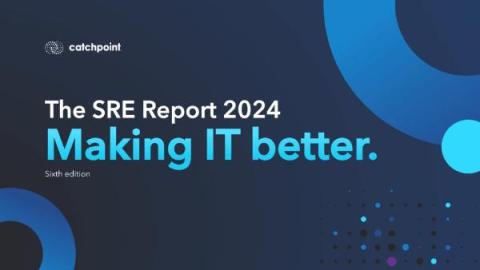The Power of Synthetic Data to Drive Accurate AI and Data Models
We live in a data-rich world - every click, swipe, like, share, and purchase online generates data points companies use to optimize offerings. However, even vast real-world data has limitations in developing robust artificial intelligence (AI) and data models, particularly with regard to AIOps (Artificial Intelligence for IT Operations). Enter synthetic data.




